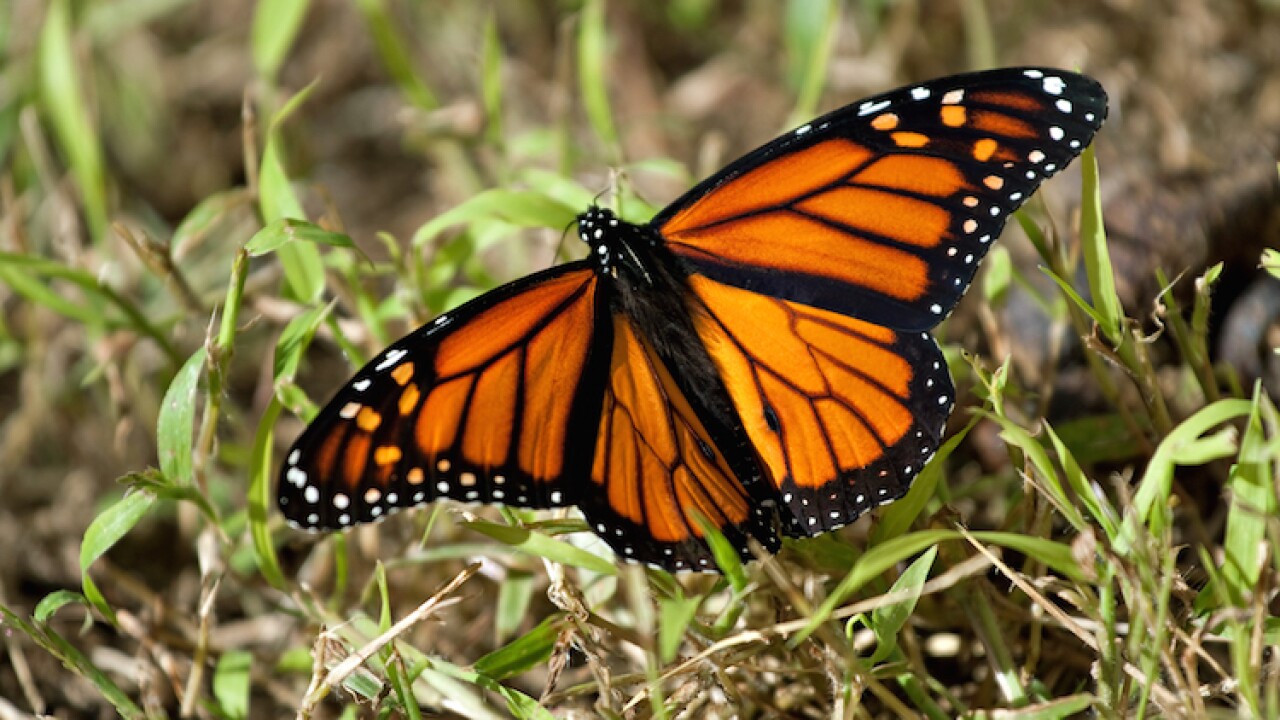EAST LANSING, Mich. (WSYM) — Summertime is the perfect time to see butterflies. However, one particular winged friend has become an endangered species, and Michigan State researchers are working to protect it.
“Changing climate conditions are one of the big factors influencing the size of the population,” said Elise Zipkin, a quantitative ecologist at MSU.
Monarch butterflies, known for their orange and black wings, have decreased in population by more than 80 percent between 1996 and 2014.
“What we found is when conditions are near kind of their averages, the monarchs do the best. So if it's, if it's really hot, or if it's really cold, or if it's really wet or really dry, they tend to do worse than if we, you know, they're near their historical average conditions,” Zipkin said.
The monarch is an important part of our ecosystem, like a bee, they are pollinators. The more they pollinate, the more we’re able to produce foods that are vital to our existence.
“One of the things that we've been really thinking about is, okay, what kinds of information can really help us with the conservation of monarchs?,” Zipkin said.
Zipkin and her team have already mapped out which counties in the Midwest are most likely going to offer the most hospitable breeding grounds for the monarch butterflies to thrive.
“The reason we want to do that is because we want to target different conservation in areas where the climate might be most favorable for monarchs in the future,” she said.
If this approach helps save monarchs, the researchers believe it can help with other threatened species too.




